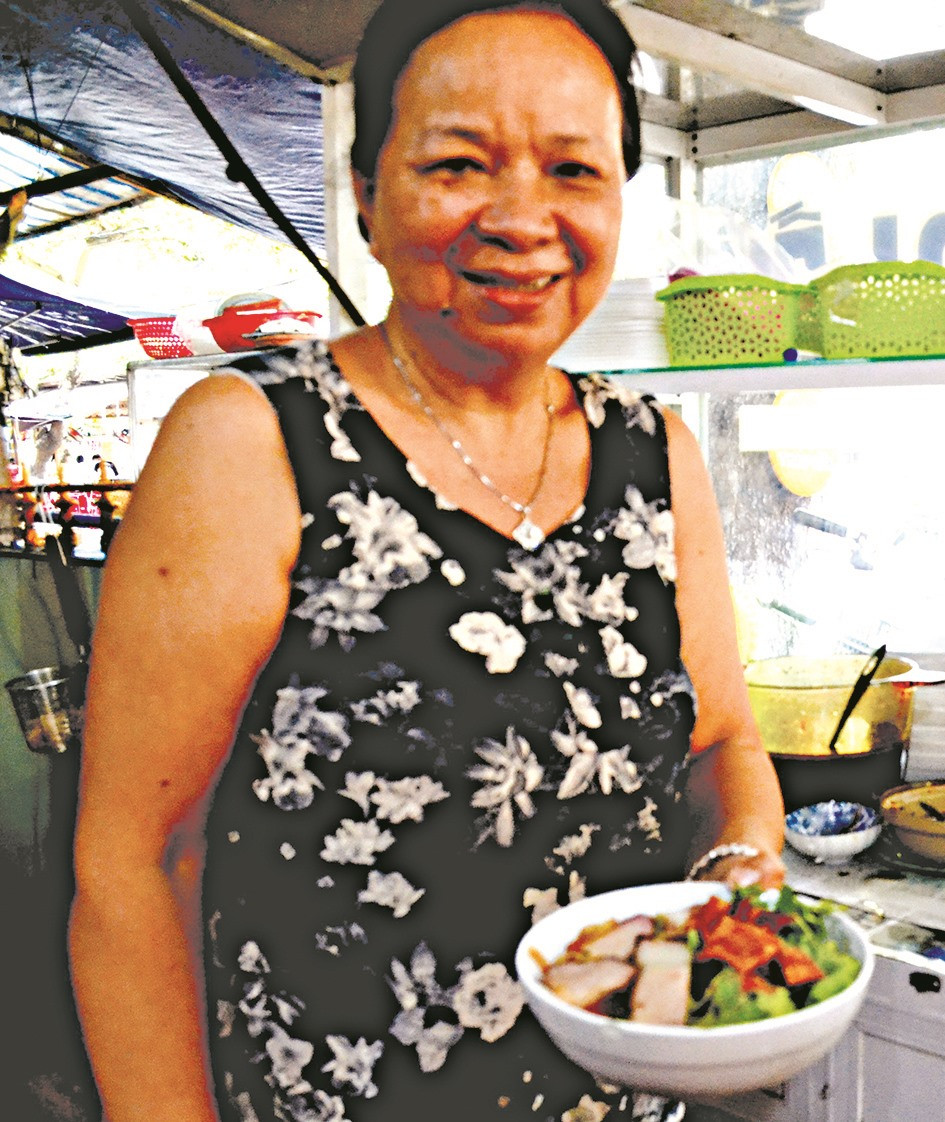
Ms. Ha Thi Thanh prepares Cao Lau noodles with many elaborate steps. Photo: VIET QUANG
Quang Nam people and tourists often tell each other: "Whoever passes through Hoi An ancient town/ Visit Fujian and eat Cao Lau". Cao Lau is a Chinese word referring to a delicious dish. Many Chinese people in Hoi An said that in the past, the upper class people who came to restaurants here often sat on the high floors with red lanterns hanging and slowly ate Cao Lau.
According to the Chinese in Hoi An, Cao Lau has been around since the 17th century, associated with trade in the port town of Hoi An. Cao Lau has over time become a crystallization of Chinese, Japanese, and Vietnamese culinary cultures. A bowl of Cao Lau noodles includes many golden noodles, braised pork, crispy fried pork skin, and raw vegetables.
To learn about Cao Lau, we went to the restaurant of Mrs. Ha Thi Thanh (26 Thai Phien, Hoi An). Mrs. Thanh is a descendant of Chinese people who settled in Hoi An and has opened the restaurant for more than 30 years. Mrs. Thanh does not make Cao Lau noodles herself but only buys Cao Lau noodles from Mr. Trai (Truong Le, Cam Chau, Hoi An).
According to Ms. Thanh, Mr. Trai, a member of the Chinese family in Hoi An, has a family recipe for making Cao Lau noodles. Mr. Trai’s noodles have a very unique yellow color and look shiny because they are made from only one ingredient: rice, without any other flour.
“I know Mr. Trai makes Cao Lau noodles by soaking rice for several hours in water from Ba Le well (Hoi An), then filtering, grinding into flour, and following the steps in order. Mr. Trai’s Cao Lau noodles retain their chewy texture but are soft and delicious, with a sweet taste and a very unique aroma,” said Ms. Thanh.
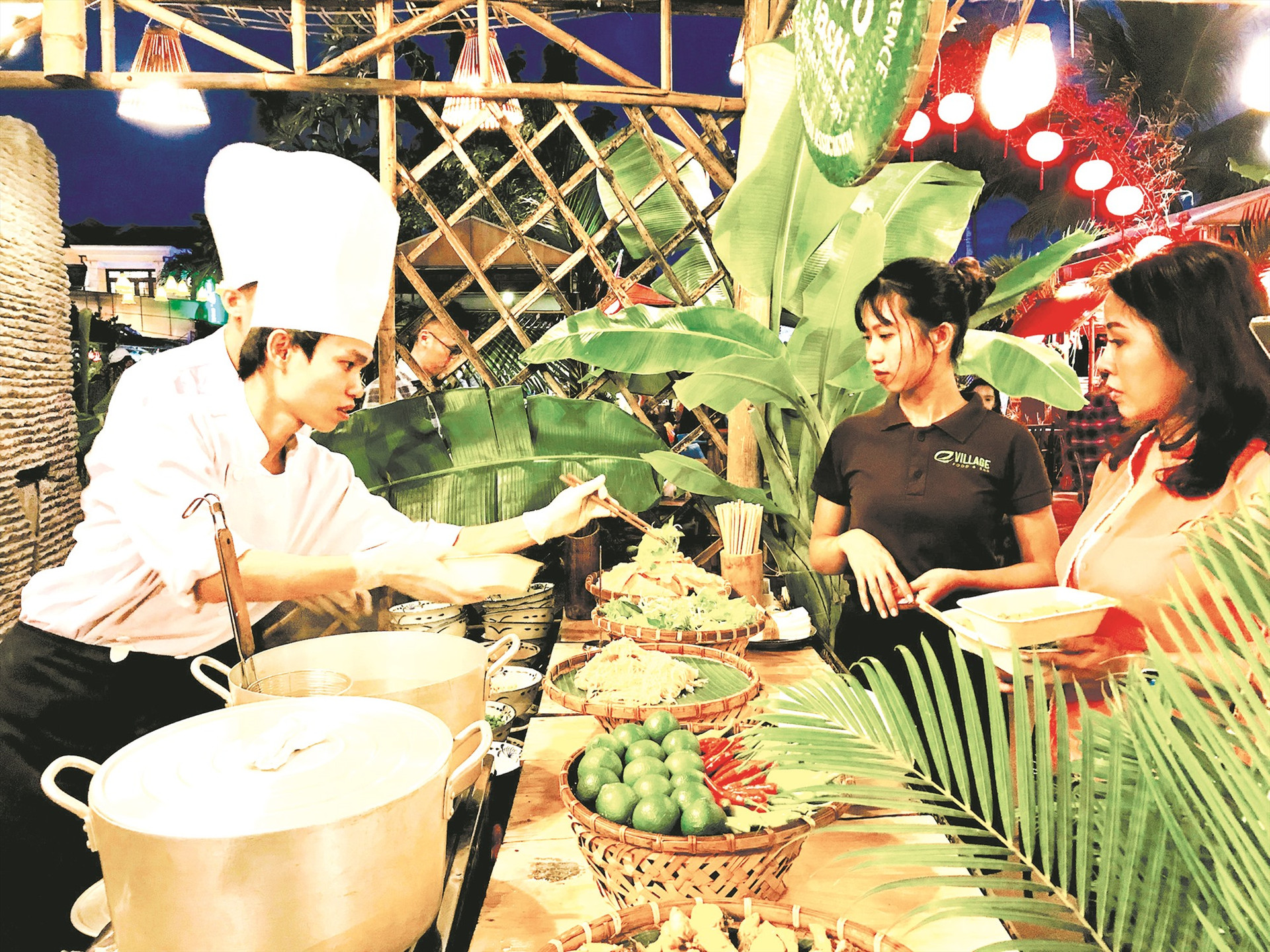
Mrs. Thanh's Cao Lau noodles attract tourists thanks to the braised pork prepared according to a family secret recipe. When asked, Mrs. Thanh did not explain but said that the meat used to make braised pork must be very clean, the meat is mainly lean but must have a little fat to create a unique flavor.
To stew the meat, Ms. Thanh did not use soy sauce available on the market but ordered it from a Chinese association in Hoi An. When asked specifically about the soy sauce, Ms. Thanh did not elaborate and only said that it was a special fermentation and aging method that the Chinese in Hoi An had passed down through many generations.
Learning more about some other famous Cao Lau restaurants in Hoi An, we learned that the pork is mainly thigh meat, marinated for many hours with spices such as five-spice powder, sugar, salt, seasoning powder, crushed garlic, soy sauce, then fried golden brown over low heat, then the marinade is added to "simmer" until absorbed. The "simmer" liquid does not dry up completely and is used as the filling for the Cao Lau bowl.
A bowl of “delicious to the point of being unforgettable” cao lau must be eaten with Tra Que raw vegetables (Cam Ha commune, Hoi An) including baby cabbage, basil, cinnamon, fish mint, lettuce. Ms. Thanh believes that such vegetables are enough, but there must be bean sprouts grown in the ground (not bean sprouts made artificially in many ways) so that the natural sweetness blends in, creating a delicious taste for the cao lau bowl. “A bowl of cao lau noodles needs to have crispy fried pork skin plus a little chili and lemon for the full flavor” - Ms. Thanh said.
Cao Lau noodles are prepared with many elaborate steps, the delicate blend of many flavors has created a unique culinary cultural value.
Source: https://baoquangnam.vn/ghe-tham-phuc-kien-ma-an-cao-lau-3026468.html




![[Photo] Hanoi morning of October 1: Prolonged flooding, people wade to work](https://vphoto.vietnam.vn/thumb/1200x675/vietnam/resource/IMAGE/2025/10/1/189be28938e3493fa26b2938efa2059e)

![[Photo] Keep your warehouse safe in all situations](https://vphoto.vietnam.vn/thumb/1200x675/vietnam/resource/IMAGE/2025/10/1/3eb4eceafe68497989865e7faa4e4d0e)
![[Photo] President of the Cuban National Assembly visits President Ho Chi Minh's Mausoleum](https://vphoto.vietnam.vn/thumb/1200x675/vietnam/resource/IMAGE/2025/10/1/39f1142310fc4dae9e3de4fcc9ac2ed0)
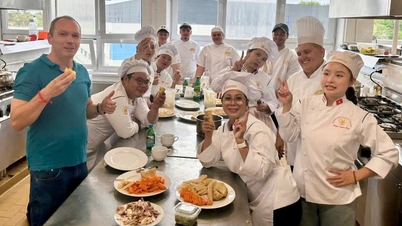



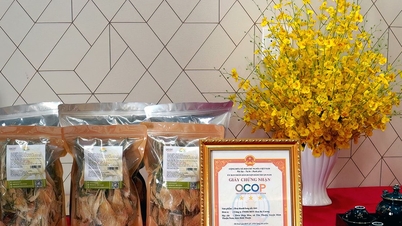

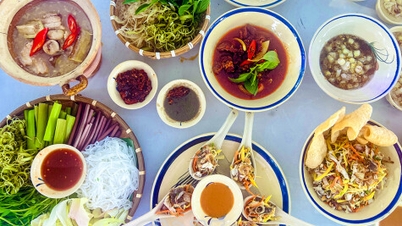


















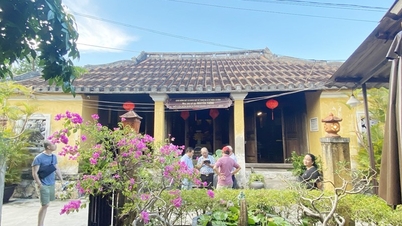


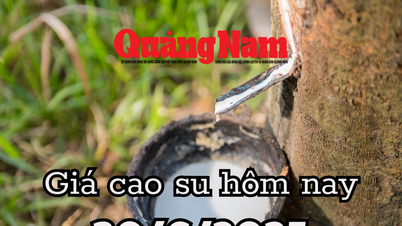


























































Comment (0)